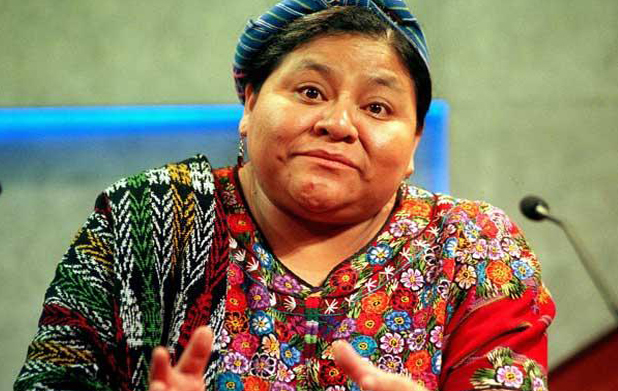


Since then, the Indigenous peoples, peasants, and oppressed people or groups of people “felt more enabled to speak for themselves.” This type of narrative does have an underlying political intent to inform people from outside the community, or outside the country, about the oppressed people’s conditions of life and their suffering. Elzbieta Sklodowska (1992) clarifies that testimonio emerged as an alternative narrative form in Latin America for marginalized and oppressed communities in the wake of the success of the Cuban Revolution of the 1950s. The resulting book did not fit easily into any existing category of literature and came to be known as testimonio. Biography of a Runaway Slave by Miguel Barnet (1968) is the first testimonial narrative based on interviews with Esteban Montejo, a 103-year-old man who had lived in Cuba both as a slave and a fugitive slave, and who fought in the island’s War of Independence against Spain. The keywords of Latin American history such as colonialism, exploitation, violence, and political or social instability contributed to the creation of a new genre in the Latin American literature: testimonio (testimony).


 0 kommentar(er)
0 kommentar(er)
